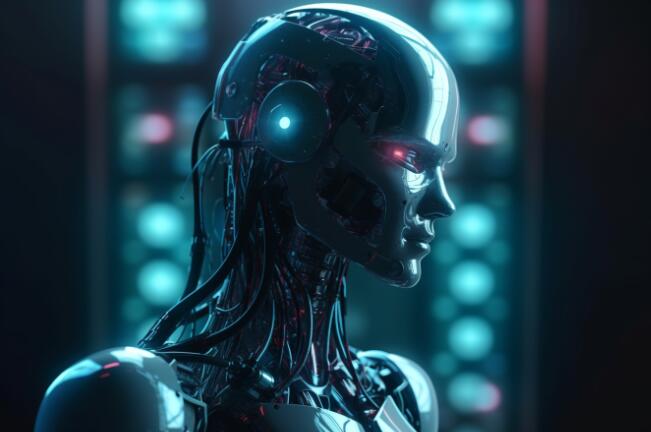Microsoft and OpenAI’s definition of artificial general intelligence (AGI) is unexpectedly tied to profits rather than technical indicators. The latest report from The Information reveals that the agreement between the two parties stipulates that AGI will only be achieved when the AI system developed by OpenAI can create at least US$100 billion in profits. This definition is very different from the academic and public understanding of AGI, and has also triggered many speculations about the future development direction of OpenAI. The report also disclosed OpenAI’s financial status and details of its cooperation with Microsoft, providing a new perspective for us to interpret AGI’s commercialization path.
Microsoft and OpenAI have a very specific and internal definition of artificial general intelligence (AGI) based on the startup's profits, according to a new report from The Information. By this definition, OpenAI is still several years away from achieving AGI.

The two companies reportedly signed an agreement last year that stipulates that AGI will only be achieved if the AI systems developed by OpenAI can generate at least $100 billion in profits. This is a far cry from the strictly technical and philosophical definition of AGI that many have come to expect.
OpenAI expects to lose billions of dollars this year, and the company told investors it won't be profitable until 2029.
This detail is important because when OpenAI reaches AGI, Microsoft will lose access to OpenAI technology. AGI is a vague term that means different things to everyone. Some have speculated that OpenAI will announce its implementation of AGI as soon as possible to eliminate competition from Microsoft, but this agreement means that Microsoft may have access to OpenAI's models for the next decade or more.
Last week, some debated whether OpenAI's o3 model was a meaningful step toward AGI. While o3 may perform better than other AI models, it also comes with a huge computational cost, which is bad news for OpenAI and Microsoft's profit-focused definition of AGI.
Highlight:
Microsoft and OpenAI define AGI as an AI system that can generate at least $100 billion in profits.
OpenAI expects to lose billions of dollars this year and is not expected to be profitable until 2029.
Microsoft may be able to use OpenAI's technology for the next decade or more.
All in all, Microsoft and OpenAI’s unique definition of AGI, as well as OpenAI’s financial situation, have brought more uncertainty to the future development of AGI and the partnership between Microsoft and OpenAI, and also to our understanding of AGI’s commercialization process. Provides new perspectives for thinking. This will be a long process, full of challenges and opportunities.